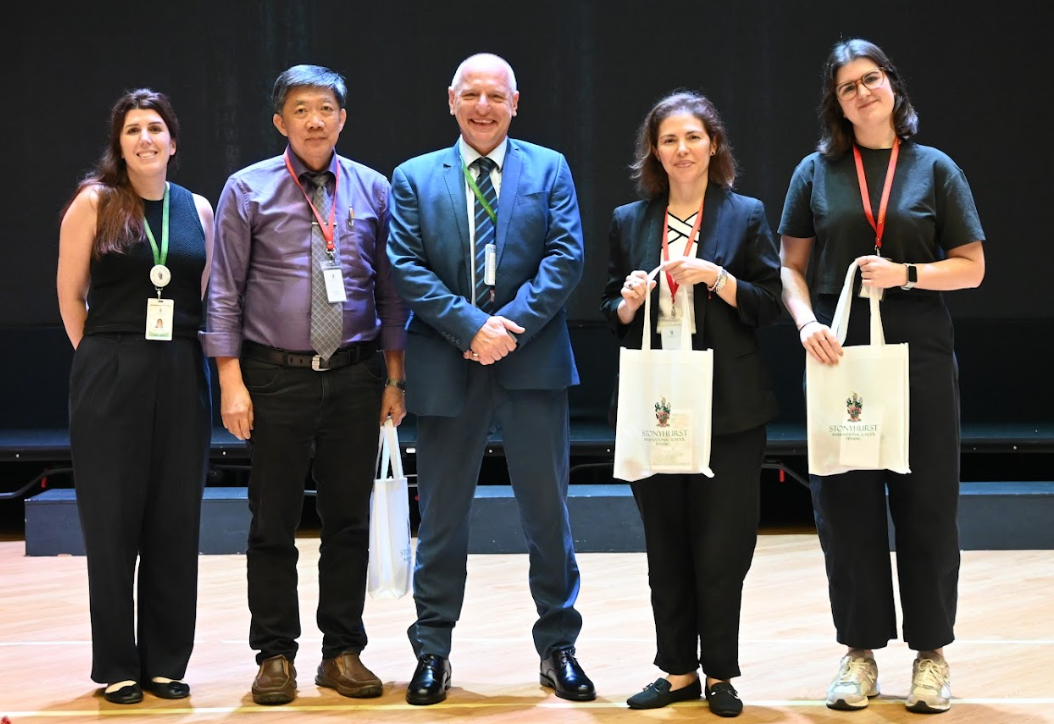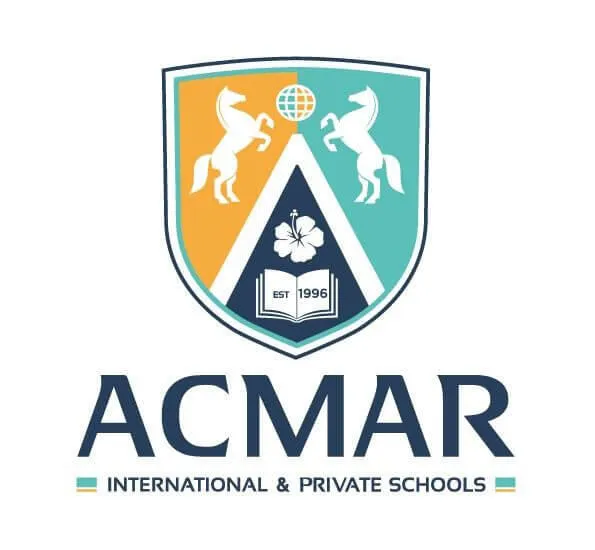In today’s fast-paced educational landscape, the traditional classroom represents just the beginning of a student’s journey. Co-curricular and extracurricular activities have become essential components of a well-rounded education at international schools. From sport teams and music clubs to debating societies and community service initiatives, these activities not only enrich the educational experience but also inculcate essential life skills, cultural awareness and a sense of global citizenship. In this article, we will delve into the diverse world of extracurricular activities (ECAs), guiding your children on how to choose and engage in activities that do not only complement academic pursuits but also enrich their overall educational journey.
Types of ECAs
International schools in Malaysia provide diverse extracurricular activities available in various categories. Here are some examples of extracurricular activities offered by international schools in Malaysia:
1. Sports
Alice Smith School – Parkour Academy, Volleyball Academy
Epsom College in Malaysia – Brazilian Jiu Jitsu, Yoga, Zumba
Invictus International School (Spring Hills) – Archery, Golf
Maple Leaf Kingsley International School – Aikido, Fencing, Horseback Riding
2. Additional Skills
IDRISSI International School – Public Speaking, Start-up Apprenticeships
Oasis International School – All in One Art, Game Development, RoboKIT Club, Scratch Programming
Sri KDU International School – Animation, Game Design
The British International School Kuala Lumpur – Coding, STEAM
3. Hobbies
Beaconhouse Sri Inai International School – Culinary Arts, Photography and Video Editing
IGB International School – Crotchet Club, Nail Art
Spectrum International School – Art Club, Sewing Club
4. Culture and Language
Beaconhouse Sri Inai International School – School Magazine Club
IGB International School – Creative Story Sessions, Model United Nations, The Speech Society
Soka International School – Journalism, Model United Nations (MUN)
The British International School Kuala Lumpur – French, Spanish, TED X Club
5. Performing Arts
Marlborough College Malaysia – Choir, Drama, Symphony Orchestra
Kinabalu International School – Acoustic Guitar Club, KIS Rock Band, Recorder Club
6. Community
Beaconhouse Sri Inai International School – Interact club
Garden International School – Reach Out Refuges Programme, Student Leadership Programme
7. Outdoor Clubs
Marlborough – East Jawa Awe and Wonder Trip 2023, Ski trip 2024
R.E.A.L Schools – Boys Brigade, Police Cadets, Landscape & Environment
Benefits of joining ECAs
Co-curricular and extracurricular activities are a great way of helping students learn more about themselves, and gain knowledge and skills in different areas. Whether it is classic chess or more unorthodox options such as Gundam building and Korean Drama analysis, there’s always something to learn in all these activities.
Here are some skills that students can learn by engaging an extracurricular activity:
1. Communication skills
Students need to cultivate communication skills in order to function effectively as a member of a society, club or team. Learning to speak fluently and coherently is important for developing new friendships, strengthening existing ones, and communicating ideas to a larger audience.
2. Leadership and teamwork skills
Many ECAs necessitate working closely with peers towards a common goal. This competitive yet collaborative environment enables students to develop essential leadership qualities. They learn how to delegate tasks, listen to ideas put forward by and to contribute effectively as a member of a team.
3. Time management and organisational skills
As ironic as it may seem, taking part in extracurricular activities can help students develop sound time management and organisational skills because students have to learn how to multitask as they juggle studies and other activities. They are unlikely to procrastinate and will learn how to prioritize academic work while making time for appropriate leisure pursuits.
4. Commitment and responsibility
To enable them to do well and enjoy any form of ECA, students are encouraged to commit themselves to their responsibilities and to fulfil them as a member of a team. Many ECAs are group projects involving other students as well. Most ECAs require students to be committed for one or two terms, or even for a whole school year. Therefore, students have opportunities for l\cultivating commitment and responsibility when they are part of such activities
In addition to the above skills, there are other benefits of taking part in co-curricular and ECAs.
Here are a few:
1. Promotes mental wellbeing
A study carried out during the lockdown showed that extracurricular activities have components of social interactions that significantly reduced student stress. Verbal and nonverbal social ECAs, such as group music therapy sessions and those that involved social gatherings, were ranked the highest in terms of their impact on mental health repair.
2. Increases self-confidence
Most students join ECAs based on their interests and passions. It is also a platform for students to explore and showcase their talents. Self-confidence is fostered in an environment that provides opportunities for students to discover their talents and excel at a new skill. A sense of accomplishment and pride is gained along with self-confidence. Being complimented for their skills or winning competitions also boost the self-esteem of students.
3. Encourages a healthy lifestyle
Extracurricular activities geared toward sports and outdoor activities promote physical and mental health by encouraging students to exercise and spend time in nature. These activities offer students a welcome break from the stress of studying and homework, thereby helping them to maintain a balanced lifestyle.
4. Improves overall academic performance
The soft skills acquired through participation in ECAs, such as effective time management and organisational abilities, can be applied to academic pursuits, leading to enhanced overall academic performance. However, it is crucial for students to strike a balance and not overcommit to extracurricular activities, as this may leave insufficient time for studies.
Joining an Activity
The application process usually consists of students deciding on which activity they want to take up and completing the necessary forms physically or online. Depending on the activity and purpose, students may be required to go for an audition or interview in order to get in.
Some schools charge participation and other fees for equipment and maintenance, and if an external party with special expertise is recruited to lead the activity. Some activities, like membership in a cooking club may require you to purchase and bring your own ingredients whilst other activities may not involve any such requirements.
How to select an Activity
It is important for students to explore the options available and select activities that align with their interests or desire to learn. Participation in activities they are passionate about can lead to a more fulfilling experience. Sporting activities not only provides students with opportunities for exercise but may also promote physical and overall health. Similarly, participating in activities that facilitate the acquisition of new knowledge and skills can be highly beneficial. For instance, joining organisations like St. John’s Ambulance offers opportunities to learn first aid and life-saving skills, which are invaluable in various situations. If a preferred ECA is not available, parents can encourage their child to establish their own club or society, thus fostering leadership skills and fulfilling their interests at the same time.
In summary, participation in co-curricular and ECAs offers many benefits for students. In addition to discovering and developing their passions and making new friends, students are also likely to develop important skills that will help them in school and beyond.


































